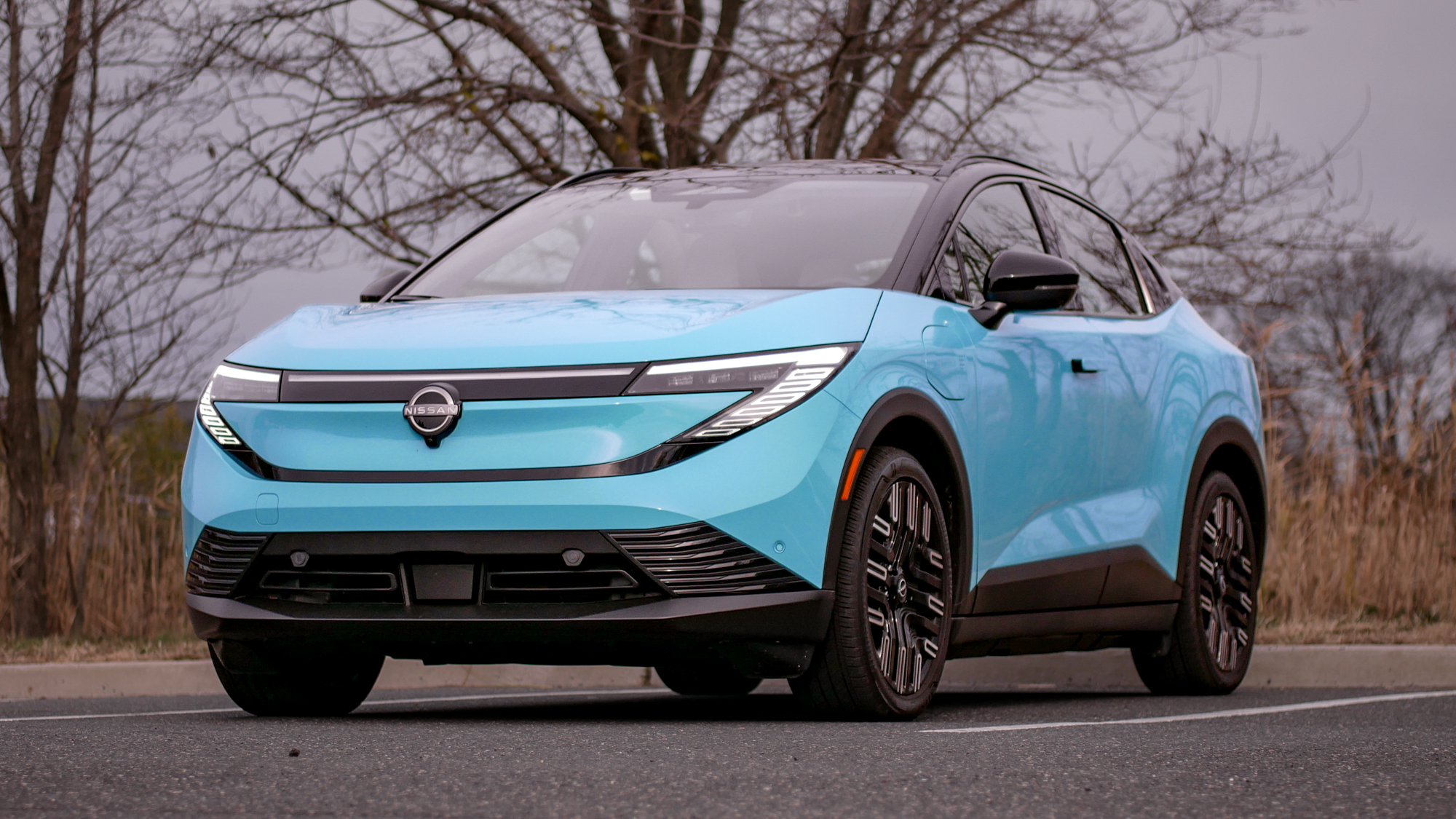Tom's Guide Verdict
The Skullcandy EcoBuds appeal to deal hunters who want an eco-friendly approach to wireless earbuds, but they’re sure to disappoint all other crowds.
Pros
- +
Great touch control
- +
Attractive, eco-friendly design
- +
Satisfying sound with built-in EQs
- +
Compact and comfy
Cons
- -
Poor call quality
- -
Impractical case
- -
Lack of special features
- -
No extended playtime
Why you can trust Tom's Guide
Price: $39 / £29 / approx. AU$59
Colors: Glacier
Battery life (rated): 8 hours
Connectivity: Bluetooth 5.2 with SBC, AAC
Durability: IPX4 rated
Size: 0.7 x 0.83 x 1.2 inches (per bud); 0.7 x 1.3 x 2.1 inches (charging case)
Weight: 0.15 ounces (per bud); 0.52 ounces (charging case)
Skullcandy is a giant in the affordable true wireless earbuds market. Past releases such as the $29 Dime 3 and $99 Grind Fuel were well received among critics, with the former being recognized as the best cheap wireless earbuds for calls. Now, the company is pushing a new green initiative that allows them to create wireless earbuds without harming the environment or your wallet. Enter the all-new EcoBuds.
So, what makes the EcoBuds such an intriguing launch? Besides featuring signature Skullcandy traits such as strong bass and a trendy, rugged design, this is the company's “most sustainable product to date.” These buds have a carbon footprint that’s 50% lower than the competition and are assembled from 65% recycled plastics with a 57% reduction in heavy metals. That’s quite the accomplishment. Unfortunately, more focus was put into construction and marketing than overall performance.
Scroll down to read my full analysis on the Skullcandy EcoBuds.
Skullcandy EcoBuds review: Price and availability
The EcoBuds are priced at $39 / £29 / approx. AU$59, falling in a price range similar to low-cost favorites like the $49 EarFun Air Pro 2 and some entry-level wireless earbuds from big-name brands that are a great value. They’re also priced lower than the recently launched $99 OnePlus Buds 3, which carry many more features and currently stand as the best wireless earbuds under $100.
You can buy them from the Skullcandy website or on Amazon. Only one color is sold: Glacier.
Skullcandy EcoBuds review: Design
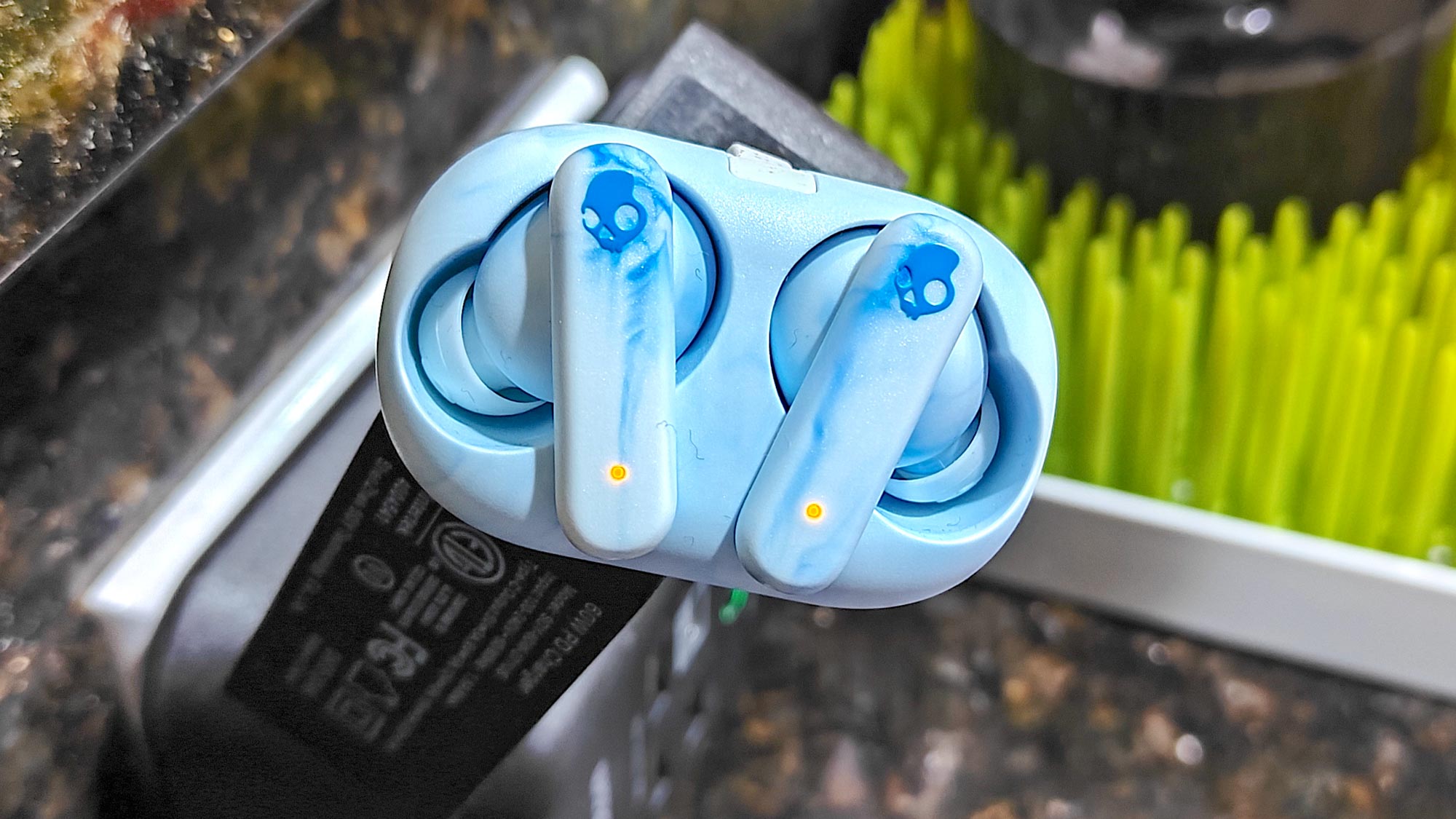
- Built from recycled materials
- Good comfort and fit
- Subpar case that doesn’t hold extra charges
The EcoBuds are noteworthy for their build quality. Recycled plastic makes up the entire exterior and the material feels incredibly sturdy. IPX4 certification provides sweat and water resistance. These buds uphold the brand’s true wireless aesthetic that normally consists of a bold and vibrant colorway, embossed branding, and long-stem form. A tight seal is formed when adjusted properly.
Where things get interesting is the storage case. Notice how the word “charging” wasn’t used. There is no battery in it. Therefore, you’re not getting any additional playtime. It’s built from the same material as the buds and have a USB-C cable integrated at the bottom. There is no lid, so the buds are exposed to environmental hazards and will detach from the magnetic charging ports when dropping the case.
Get instant access to breaking news, the hottest reviews, great deals and helpful tips.
Skullcandy EcoBuds review: Controls

- Responsive touch controls and voice assistance
- Extensive tap gesture commands
One hallmark that arguably deserves top billing is the adept and highly responsive touch controls. Skullcandy programmed a variety of functions to single-, double-, triple-, and even quadruple-tap gestures, as well as the long-hold gesture. These include call management, digital assistance, EQ Mode selection, pairing, playback, power on/off, and volume. A short low-level tone is emitted to acknowledge touch and confirm the execution of intended functions. Google Assistant and Siri perform well for hands-free voice commands. Results are dished out as quickly as spoken inquiries are received.
Skullcandy EcoBuds review: Sound quality
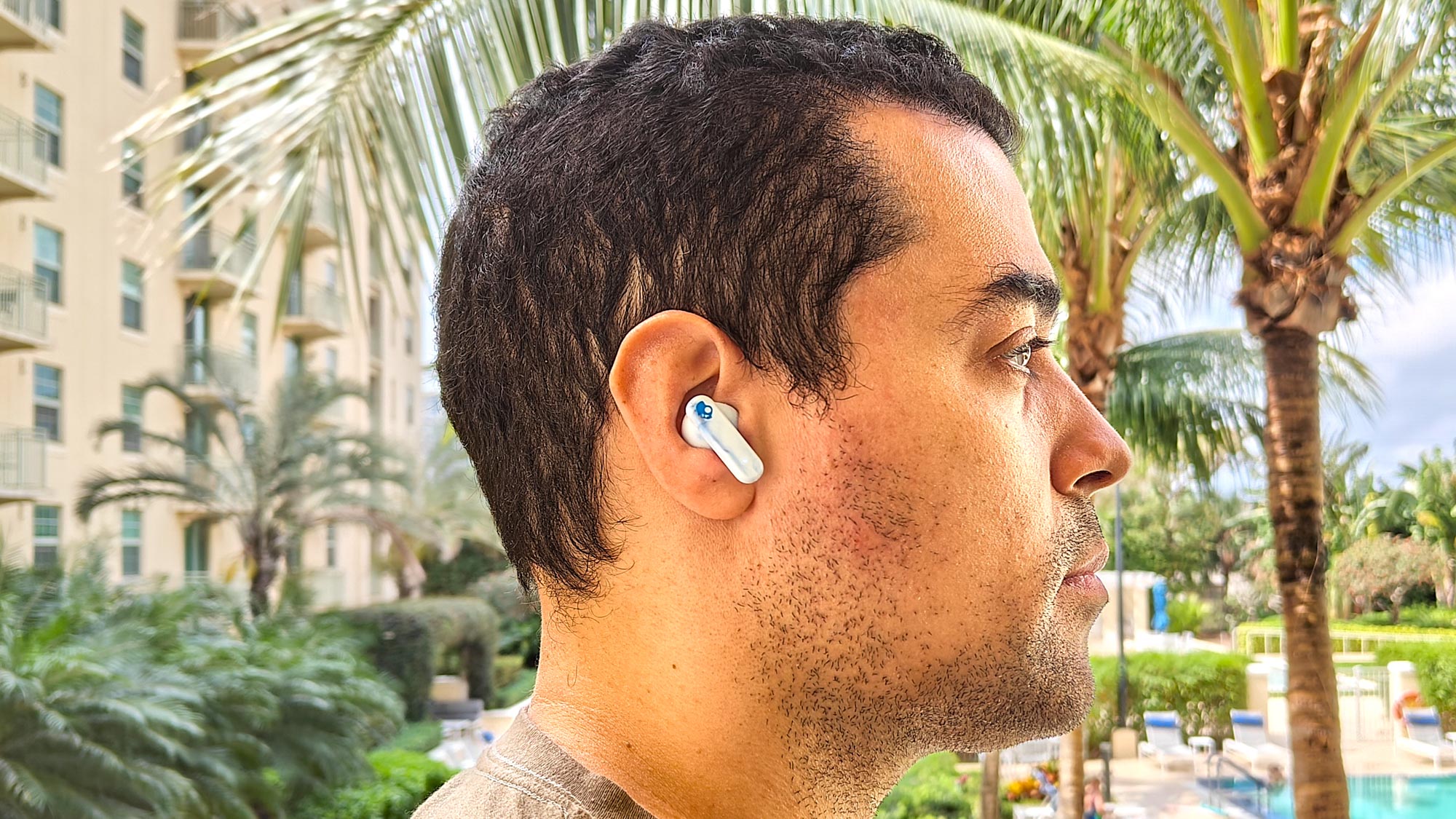
- Warm sound with solid midrange
- Effective EQs
- Weak noise isolation
The EcoBuds won't compete with hi-res bargain gems like the Air 2, which have advanced codec support via LDAC. However, what they produce is sonically gratifying. You'll get trademark Skullcandy bass that’s toned down from previous models, but still impactful, along with striking mids that are more pronounced on boom-heavy recordings.
Top 40 hits like Imagine Dragon's "Bones" had an enjoyable bop, led by atmospheric synths and pulsating snares that were reproduced surprisingly well. Bass response was heavy and thick, and the vocal effects sounded clean. PRhyme's "Streets at Night" banged with authority as the monstrous bassline dominated the soundstage and exuded the track’s fiery energy. The high-pitched synths were transparent, but not fully crisp, demonstrating the EcoBuds’ weak high range.
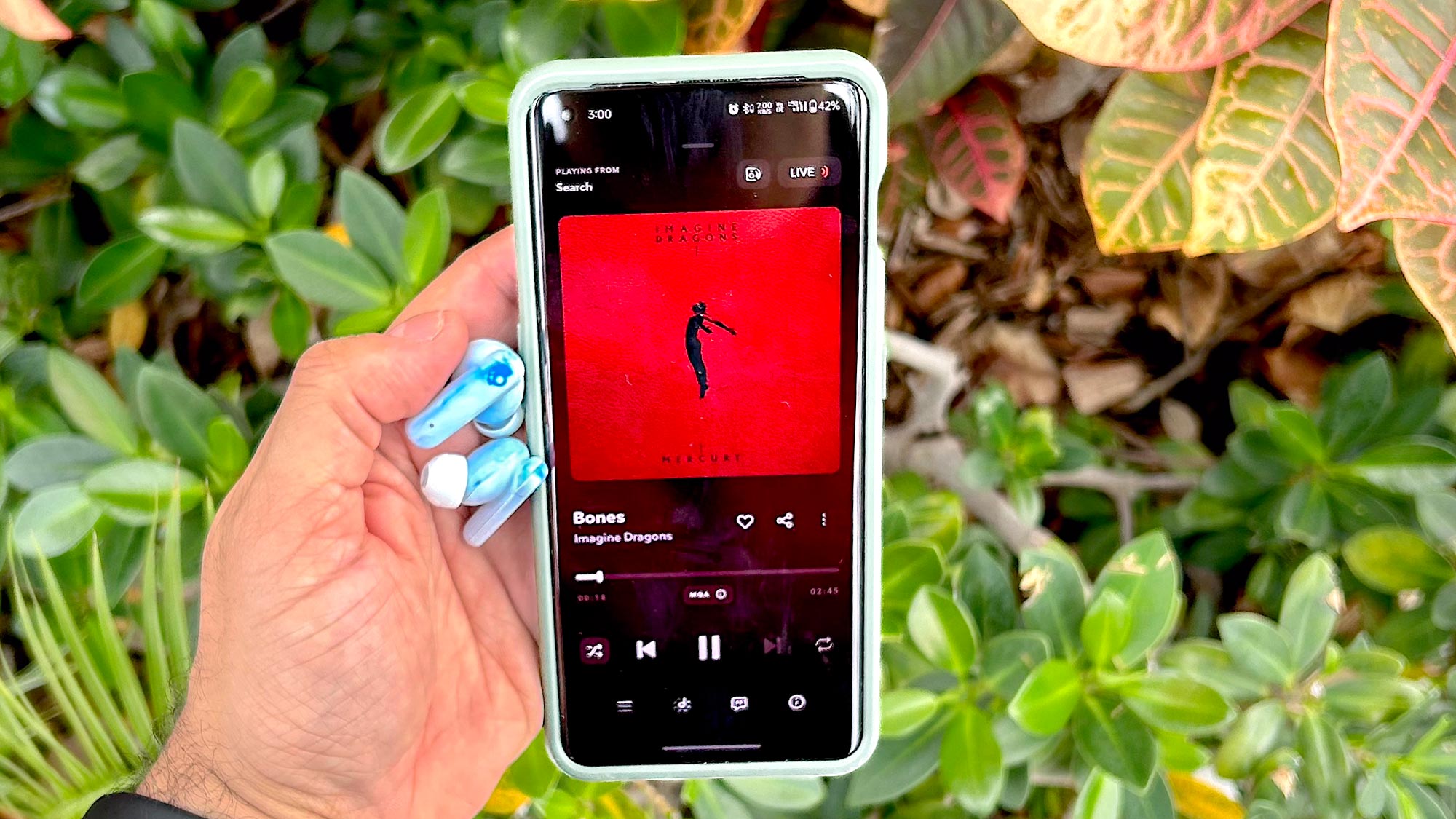
Three EQ modes are built into the buds: Music, Bass Boost, and Podcast. You can switch them by quadruple tapping the right earbud. Music is the default and delivers the most balanced audio quality, while Bass Boost raises the low end and Podcast emphasizes vocals.
AAC (iOS/macOS) and SBC (Android) are the supported codecs. Streaming quality was adequate on all devices and platforms. Tracks played smoothly on the best music streaming services.
Noise isolation wasn’t the best. I heard several ambient noises when vibing out to playlists. They became less distracting when setting volume to 70% or higher.
Skullcandy EcoBuds review: Call quality and connectivity
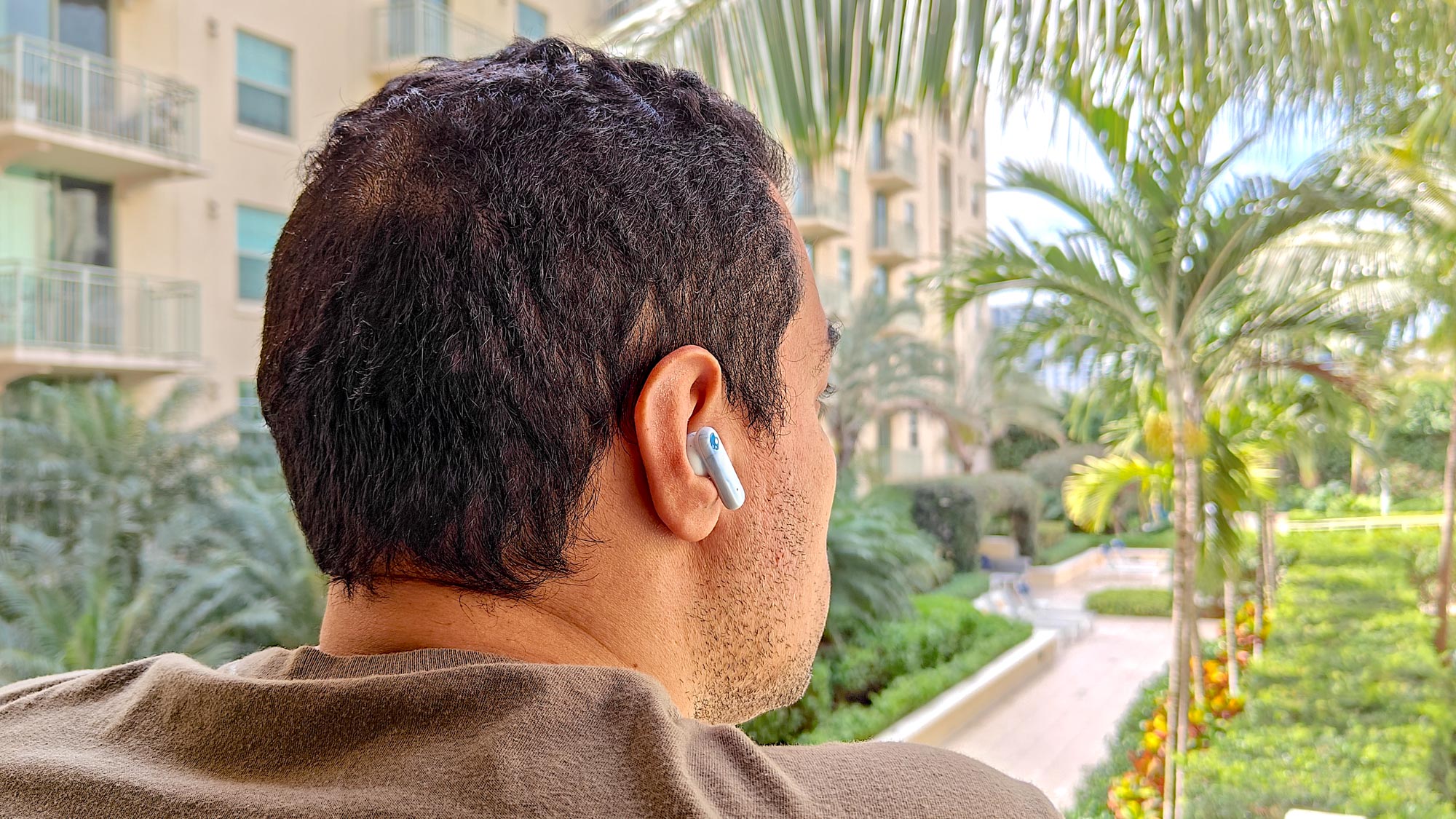
- Not suitable for voice and video calls
- Stable Bluetooth connectivity
- Google Fast Pair is MIA
Avoid using the EcoBuds as a calling headset. Conversations sound low on both ends and Skullcandy’s mics pick up a lot of background noise, which makes it extremely difficult to communicate.
At least Bluetooth 5.2 operates well. Expect reliable connectivity and stable range that extends up to 40 feet before audio stutters. Taking the buds out of the case will automatically enable pairing mode. AAC (iOS/macOS) and SBC (Android) play content at a steady rate with minimal latency; I tested numerous tracks on different platforms and noticed zero lag. It would have been nice to see Google Fast Pair on the spec sheet for one-tap pairing, but its omission is not a big deal.
Skullcandy EcoBuds review: Battery life

- Up to 8 hours of playtime per charge
- Quick charging
- Battery-free case doesn’t supply extra charges
Skullcandy’s approach to battery life is sustainability. By converting the battery-free case into a charging dock, it reduces the use of lithium batteries, which are considered “one of the worst carbon offenders for true wireless electronics.” It’s a noble gesture that can hopefully inspire new ways to optimize playtimes on wireless earbuds without the use of batteries. At the same time, charging cases allow us to recharge our buds without being tethered to wires or a wall outlet, making the EcoBuds’ battery-charging solution inconvenient.
A full charge generates 8 hours of listening time. That’s about 2 days of moderate listening (4 hours daily) before recharging them. Rapid Charge technology nets you 2 hours of playtime on a 10-minute charge.
Wireless charging isn’t available.
Skullcandy EcoBuds review: Verdict
The Skullcandy EcoBuds don’t meet the description of your typical category entry simply based off fundamental exclusions (the non-charging case being the biggest).
Certain positives make them charming such as the colorful waste-less design, excellent touch controls, and personalized sound. Skullcandy’s approach to eco-friendly buds is also a step forward for the planet. However, the compromises are too costly for the average consumer wanting true wireless basics such as additional playtime, decent call quality, and superior protection.
Essentially, you’re paying more for their ecological significance than their true wireless performance. If you want to put the environment first and your listening experience second, then the EcoBuds might be the right fit for you. If it’s vice versa, I recommend looking at other similarly priced options that offer better performance across the board.
More from Tom's Guide
- Best cheap wireless earbuds
- I tried these $99 wired earbuds and they're perfect for audiophiles
- Best audiophile headphones tested and rated
A lifestyle journalist with an affinity for consumer products, Alex has over a decade of experience and has worked with popular publications such as Complex, Thrillist, Men’s Health, Gear Patrol, AskMen, and Hoop Magazine. He currently focuses on audio, reviewing the most coveted headphones in the market for both Tom’s Guide and Laptop Magazine.


